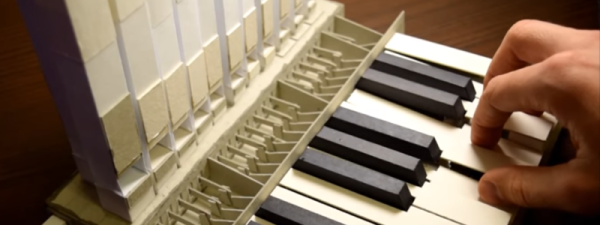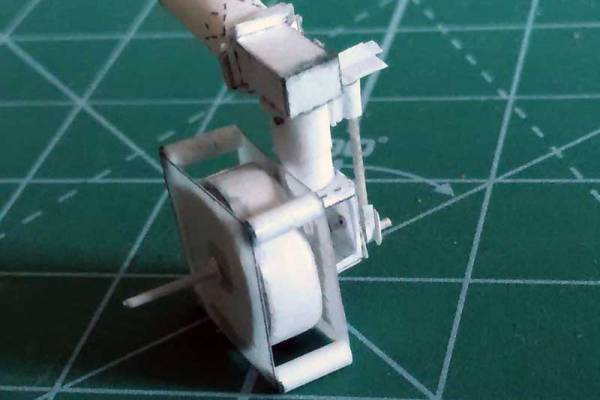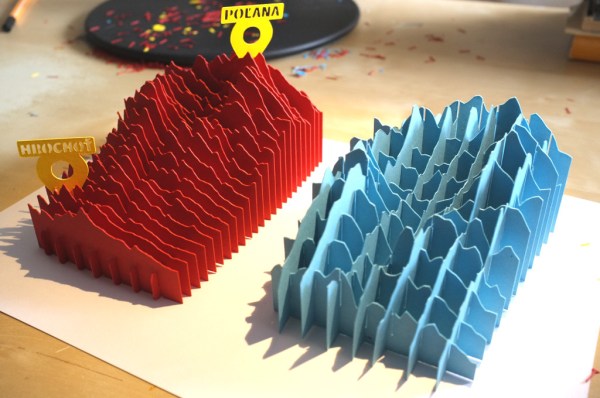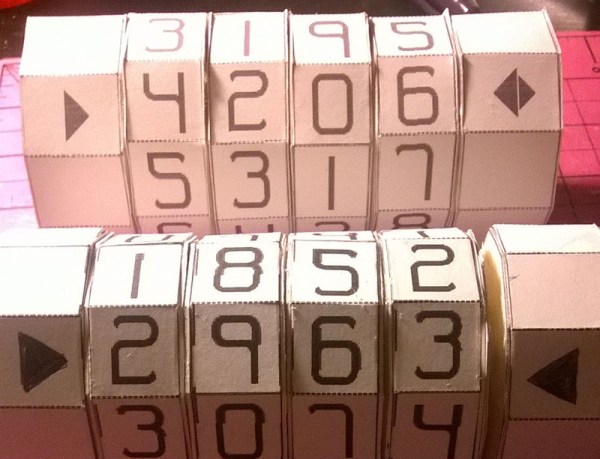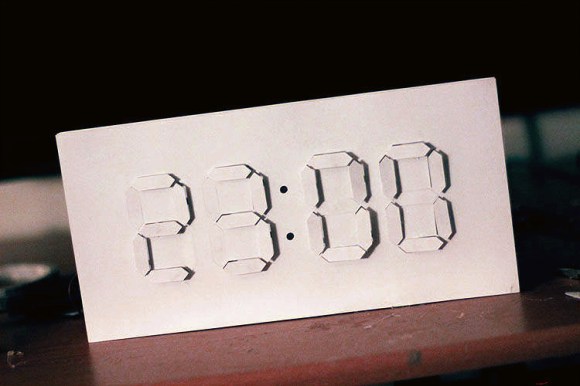There’s a wide world to explore when it comes to papercraft, but we reserve special praise for fully functional builds. [Aliaksei Zholner’s] working papercraft organ is a stunning example of what can be achieved with skill and perseverance.
The video is short but covers some finer touches – the folded concertinas of paper acting as springs to return the keys, for example. Air is supplied by a balloon, and the organ has a tone similar to other toy organs of comparable size.
The builder has declined to share templates at this stage, due to the complexity of the model and the fact that apparently even the thickness of the paper used can affect the function. This is not surprising — to get any sort of pipe organ to play in tune requires finesse and careful fine tuning. The build thread sheds some further light on the build (in Russian) if you’re curious to know more.
Perhaps the one thing we find surprising is that we haven’t seen something similar that’s 3D printed. If you’ve done it, smash it through on the tip line! Else, if you’re thirsty for more functional papercraft, you can’t go past the fantastic papercraft strandbeest build we covered back in 2011.

